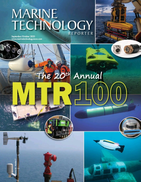Wreck of USRC Bear Found off Nova Scotia
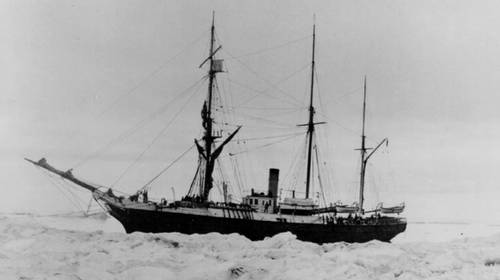
Built in Scotland in 1874, for the first 10 years of service, Bear operated as part of the commercial sealing fleet off Newfoundland before it was bought by the U.S. government in 1884. What followed was decades of service in the challenging Arctic the elevated the ship to legendary status. (Photo: USCG)
The decades long mystery of a missing U.S. Coast Guard Ship has finally been solved.
U.S. Revenue Cutter (USRC) Bear, lost at sea in 1963, has been found on the seafloor about 90 miles south of Cape Sable, Nova Scotia, NOAA Rear Adm. Nancy Hann announced Thursday.
Widely considered one of the most historically significant ships in American history, Bear was purchased by the U.S. government and first put into service by the U.S. Navy as part of the rescue fleet for the Greely Expedition to the Arctic in 1884, attaining legendary status for the rescue of the expedition's few survivors. The Bear was transferred from the Treasury Department for service in the Arctic in 1885 as a Revenue Cutter, and for 41 years, patrolled the Arctic, saving lives and dispensing justice in the remote and challenging region.
Many years later, and after several roles including patrol missions for the U.S. Navy during World War II, Bear was ultimately sold to an entrepreneur who planned to turn it into a museum and restaurant on the Philadelphia waterfront, but the famed ship sunk while being towed to its new berth.
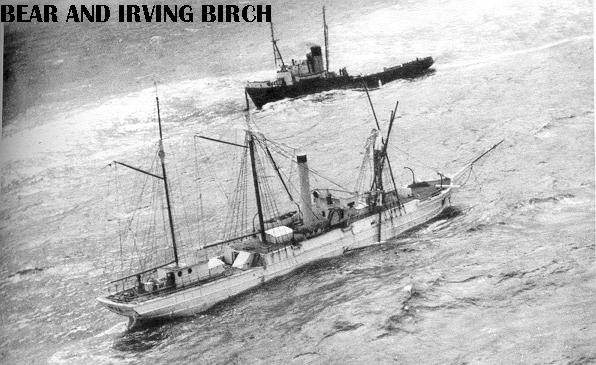 Sinking of the U.S. Revenue Cutter Bear, dated March 19, 1963. (Image: USCG History Program fact sheet, “Bear, 1885.”)
Sinking of the U.S. Revenue Cutter Bear, dated March 19, 1963. (Image: USCG History Program fact sheet, “Bear, 1885.”)
A team of researchers from NOAA, USCG and partnering academic institutions have spent nearly two decades trying to locate the Bear’s final resting place. The mission, it turns out, was quite challenging and complex.
A major breakthrough came during a side scan survey in Canadian waters in 2019, when a team from NOAA Ocean Exploration and NOAA National Marine Sanctuaries’ Maritime Heritage Program, working off the USCG’s medium-endurance cutter Bear (named for USRC Bear), found two targets for further exploration while mapping 62 square miles of seabed in the area near various last known positions reported during the Bear's sinking in 1963.
"One target in particular was very promising as it was in the proximity of the last known position where Bear was lost at sea in 1973, and it appeared to roughly match the dimensions of the ship," said Brad Barr, Expedition Coordinator, NOAA Office of National Marine Sanctuaries Maritime Heritage Program.
Coast Guard and NOAA researchers returned to sea earlier this year on the USCG oceangoing buoy tender Sycamore, this time with operators from Marine Imaging Technologies and a remotely operated vehicle (ROV) equipped with high-resolution underwater video cameras. Despite difficult operational conditions on site, the team was able to collect enough video and still images to provide the documentation needed for maritime archaeologists and historians to identify the historic wreck.
Key indicators highlighted as compelling evidence of the identity of the ship included the bow staple and steel sheathing configurations, multiple layers of bow planking and the stern tube bolt patterns, as well as its location close to the reported last known position and lack of other wrecks in the vicinity.
"While no feature identified in the 2021 ROV survey, by itself, would have likely been considered absolutely definitive, taken together, the body of evidence was considered, by the evaluation team, more than sufficient to identify the wreck as Bear with a reasonable degree of certainty," Barr said.
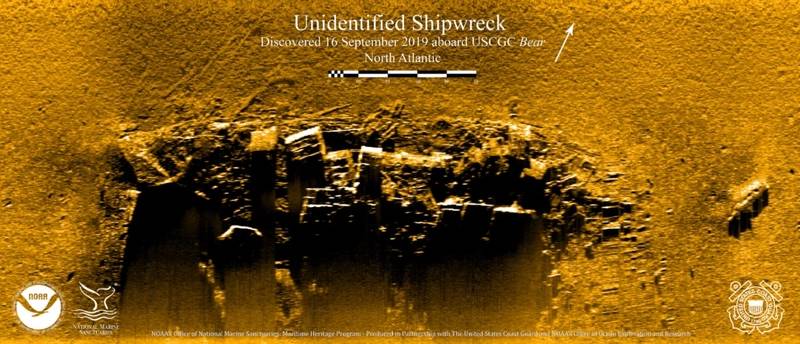 A team of experienced historians and archaeologists from the partner agencies was empaneled to review this data and information and came to consensus that they are “reasonably certain” that the “unidentified wreck” is indeed U.S. Revenue Cutter Bear. (Image: NOAA)
A team of experienced historians and archaeologists from the partner agencies was empaneled to review this data and information and came to consensus that they are “reasonably certain” that the “unidentified wreck” is indeed U.S. Revenue Cutter Bear. (Image: NOAA)
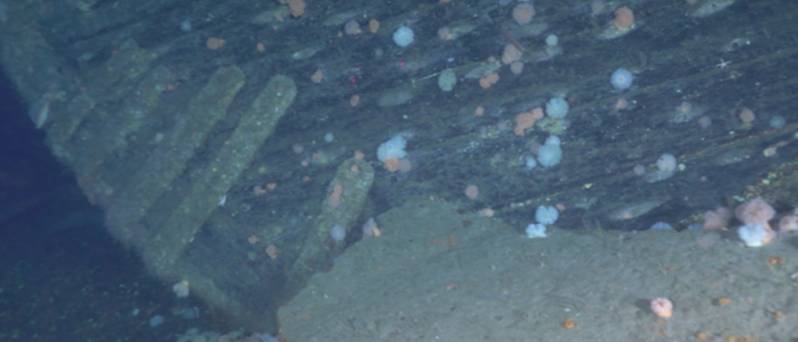 ROV image of the “unidentified wreck” collected in 2021 showing similar spacing and size of bow staples to those seen in older images of USRC Bear. (Image: NOAA/MITech)
ROV image of the “unidentified wreck” collected in 2021 showing similar spacing and size of bow staples to those seen in older images of USRC Bear. (Image: NOAA/MITech)
 Port bow of the “unidentified wreck” imaged in 2021 on the left showing similar sheathing patterns to the historic image of USRC Bear while in dry dock in 1925. (Left image: NOAA/MITech; right image: USCG)
Port bow of the “unidentified wreck” imaged in 2021 on the left showing similar sheathing patterns to the historic image of USRC Bear while in dry dock in 1925. (Left image: NOAA/MITech; right image: USCG)
Now attention can turn toward efforts that will help preserve the shipwreck.
Barr noted that the Canadian Department of Fisheries and Oceans is considering establishing a marine protected area that would include the Bear wreck site. While not explicitly recognizing the historic importance of the shipwreck, the designation could help to alleviate any continuing damage to the wreck from mobile fishing gear, he added.
"Some joint U.S./Canadian recognition of this significant historic site might also be possible, but time will tell whether such a collaborative agreement has the potential to be developed and implemented," Barr said.

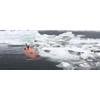
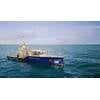
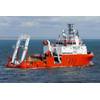
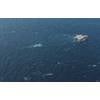
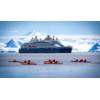









 August 2025
August 2025


